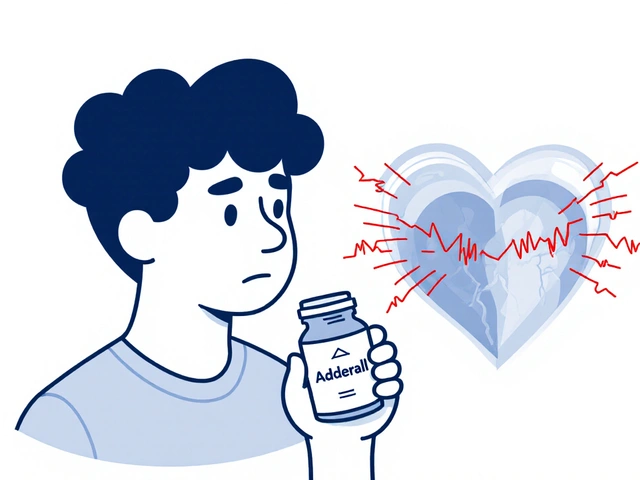Nifedipine: What It Is, How It Works, and What You Need to Know
When you hear Nifedipine, a calcium channel blocker used to lower blood pressure and treat chest pain. Also known as Adalat, it's one of the most commonly prescribed heart medications for people who need to relax their blood vessels and reduce strain on the heart. It doesn’t cure high blood pressure or angina, but it helps you manage them daily—without the constant buzz of side effects you might get from other drugs.
Nifedipine works by blocking calcium from entering the muscle cells in your heart and blood vessels. Less calcium means those muscles relax, your arteries widen, and your blood pressure drops. That’s why it’s often chosen for people who get chest pain (angina) when their heart doesn’t get enough oxygen. It’s not a quick fix—it takes a few weeks to reach full effect—but once it does, many people notice they can walk farther, climb stairs without stopping, or sleep better at night.
It’s often compared to other calcium channel blockers, a class of drugs that include amlodipine, diltiazem, and verapamil, but Nifedipine acts faster and has a shorter window of action, which means some people need to take it more than once a day. That’s why extended-release versions are common now—they smooth out the effects and cut down on dizziness or flushing. Unlike beta-blockers, it doesn’t slow your heart rate, which makes it a good option if you’re already on meds that lower your pulse.
People who take Nifedipine often wonder how it stacks up against ACE inhibitors, like lisinopril, or ARBs like losartan. The big difference? ACE inhibitors work on hormones that tighten blood vessels, while Nifedipine works directly on the muscle. Some doctors start with ACE inhibitors for people with diabetes or kidney issues, but if those cause a dry cough or don’t bring pressure down enough, Nifedipine is a solid next step.
You’ll also see it come up in discussions about blood pressure meds, a broad category that includes diuretics, beta-blockers, and others. Nifedipine isn’t usually the first choice for everyone, but it’s a go-to for older adults, Black patients, or those with isolated systolic hypertension. It’s also used off-label for Raynaud’s phenomenon and preterm labor, though those uses are less common.
Side effects? Swelling in the ankles, headaches, and a feeling of warmth or flushing are the most common. A few people get gum overgrowth, which is why good dental hygiene matters. It’s not safe to crush or chew the pills—especially the extended-release kind—or drink grapefruit juice while taking it. Those can spike your blood levels and send your pressure too low, too fast.
The posts below cover real-world experiences with Nifedipine, how it compares to other heart meds, what to watch for, and how to make sure you’re getting the most out of it without unnecessary risks. Whether you’re just starting out or have been on it for years, you’ll find practical advice here—not theory, not marketing, just what works.

Discover how Adalat (nifedipine) stacks up against amlodipine, diltiazem, verapamil, and felodipine. A clear, data‑driven guide to pick the right calcium‑channel blocker for your health.





